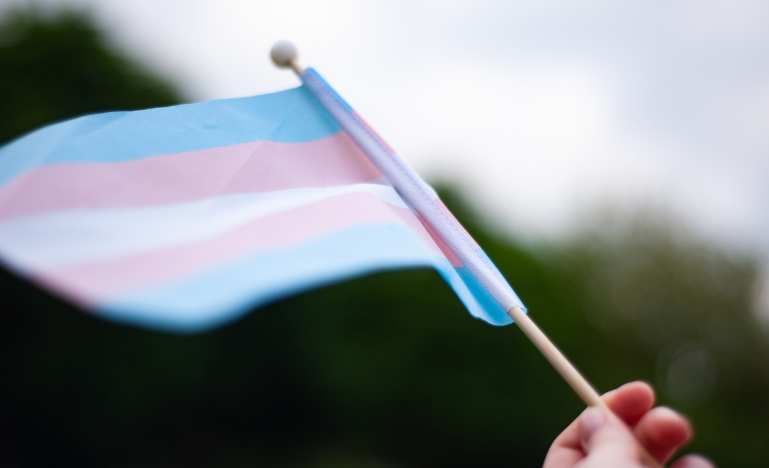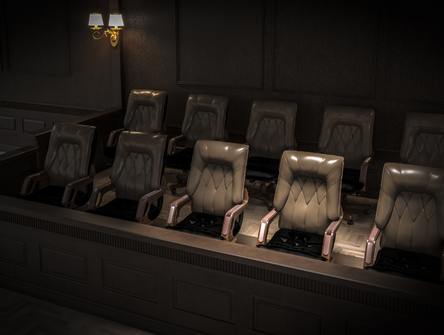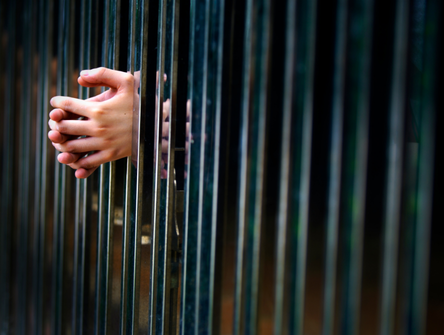Courts entitled to weigh in when notwithstanding clause pre-emptively invoked
Saskatchewan Court of Appeal says nothing in the Charter suggests legislatures have the last or only word on whether legislation limits rights

Even though the Saskatchewan government pre-emptively invoked the notwithstanding clause to prevent court challenges to its legislation requiring parental consent for gender diverse students to use different names or pronouns in schools, courts can still weigh in on the constitutionality of that law. That was the word from the Saskatchewan Court of Appeal this week in a 4-1 ruling.
The majority said that declaratory relief can still be issued even though it cannot strike such a law down, so long as section 33 of the Charter of Rights and Freedoms remains within its five-year sunset period.
“Nothing in the remaining text or structure of the Charter, or the Constitution more generally, suggests that the idea of a legislative last word should be equated with a legislature having the only word on the issue of whether legislation limits Charter rights,” Chief Justice Robert Leurer wrote for the majority, emphasis his.
Adam Goldenberg, a partner with McCarthy Tétrault LLP in Toronto and lead counsel for the UR Pride Centre for Sexuality and Gender Diversity, which brought the challenge, says the Court’s words are significant. The decision affirms the importance of the constitutional protection of rights while also recognizing that in our distinctive constitutional order, legislatures have a residual ability to ensure the operation of laws — even when they are inconsistent with the constitutional provisions that guarantee our rights and civil liberties.
“It would be a very negative development for the protection of and respect for civil liberties in this country if the notwithstanding clause were interpreted to mean that a legislature could prevent courts from doing what has always been their job, and answer legal questions about whether or not individuals’ constitutional rights have been unreasonably limited or not,” he says.
The government of Saskatchewan and other provinces have taken the position that the clause grants legislatures that power. However, the Court was clear that while the clause has real power, it can’t limit the jurisdiction of courts to answer constitutional questions that come before them.
“This is the first time that an appellate court in Canada has said that,” Goldenberg says, noting that the Quebec Court of Appeal said the opposite in the Hak/World Sikh Organization case.
Kerri Froc, the Law Foundation of Saskatchewan H. Robert Arscott Chair at the University of Saskatchewan, says that the Supreme Court of Canada will have to sort out the competing decisions. While the top court will likely hear the Hak appeal in the fall, Saskatchewan has not yet said if it will appeal this ruling.
“The differences between the courts come down to whether the notwithstanding clause allows governments to refrain from explaining themselves from a legal perspective,” she says.
“Does it make the legislative power unanswerable?”
That seems to be what Hak boils down to. The Quebec Court of Appeal said that embedded in section 33 is not simply the fact that a law continues to operate, which is what the clause says. But essentially, that should mean that the court can’t judicially review for violations of sections 2 and 7 to 15, because it would be a political exercise.
Froc notes that the Saskatchewan appeal said that the notwithstanding clause only allows a law to operate — it doesn’t change the content of the rights. Meanwhile, the court’s fundamental jurisdiction remains to answer legal questions.
She adds: “I find the Saskatchewan Court of Appeal’s ruling more compelling than the Quebec Court of Appeal.”
Although the Saskatchewan case did not raise the issue of guardrails on the use of the notwithstanding clause, governments are more frequently threatening to invoke it. What the Supreme Court decides in Hak may determine whether guardrails become a reality.
UR Pride’s case now returns to the Saskatchewan Court of King’s Bench, where the group will continue to pursue declaratory relief to have the legislation declared unconstitutional. It is also challenging the law on the grounds it amounts to cruel and unusual treatment or punishment, a breach of section 12 of the Charter.
“We will argue all of the issues together,” Goldenberg says, noting that if his clients’ cruel and unusual claims are successful, the province’s legislation will be of no force and effect because the notwithstanding clause was not invoked in relation to section 12.
“If our client is only successful with regard to the rights guaranteed in section 7, 15, or both, then, subject to the court’s discretion, it would potentially be a declaration that the law unreasonably limits those rights.”
Froc says the section 12 claims might be difficult to argue without a case and clear facts pertaining to an individual claimant. It will be based on hypotheticals, which are never as convincing to a court.
“Then again, where you’re dealing with minors and they are potentially in a position where their safety is in danger, maybe a court will be understanding,” she says.
“But the fact remains that you don’t have the data or social scientists saying how much of a problem this is.”
Ga Grant, litigation staff counsel with the BC Civil Liberties Association, which intervened in the case, says the majority agreed with the association’s position that the text of section 33 should allow for courts to make declaratory relief available. Here, the Court also left the door open for other remedies.
The BCCLA argued that if governments invoke the notwithstanding clause to violate Charter rights, the court has other powers as well to ensure government accountability, including Charter remedies that section 33 does not speak to binding.
“It doesn’t say anything in the clause that there are no remedies available to people,” Grant says.
“It’s important for the public to have access to the courts and have access to court review to say whether or not Charter rights are violated.”
She adds: “Hopefully, in this case, we will see courts recognizing the harm to trans and gender-diverse youth, as they did in the preliminary injunction.”
When the Supreme Court of Canada hears Hak, Grant would like to see the case increase understanding of the limits of the notwithstanding clause's use in relation to the other parts of the Charter.
“These are issues that the Court hasn’t considered yet, so I hope it will signal a path moving forward that there are limits within our constitutional structure, that there is still access to declaratory relief or other remedies, and that this is important for maintaining our democracy.”
Cee Strauss, a senior staff lawyer at the Women’s Legal Education and Action Fund (LEAF), which also intervened in the case, says that declaratory relief is important because judicial recognition of discrimination is a value in and of itself.
“In our submission, we argued that a court declaration in this case would serve to publicly recognize the lived experience of youth whose rights are being infringed,” they said.
“That form of judicial recognition is so important in this kind of context where transgender youth are not believed to be credible narrators of their own identities and experiences of discrimination.”
The declaratory relief also informs the general public that a law is discriminatory.
“If the whole narrative of the notwithstanding clause is that it’s to be judged at the ballot box, and it’s ultimately the electorate who will make the decision, knowing how to vote requires a public who has access to a rigorous analysis of the law’s impact on rights,” Strauss says.
“The Court of Appeal agreed with us on that.”


